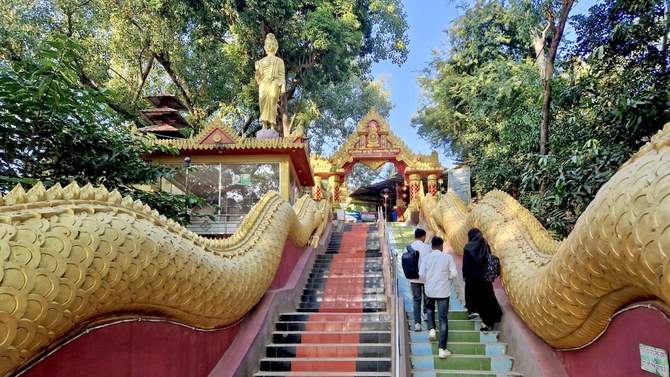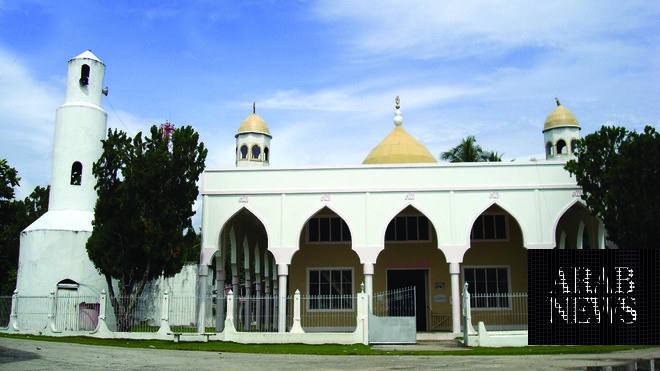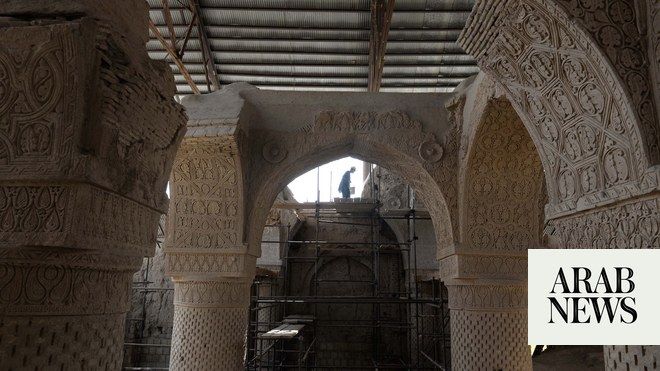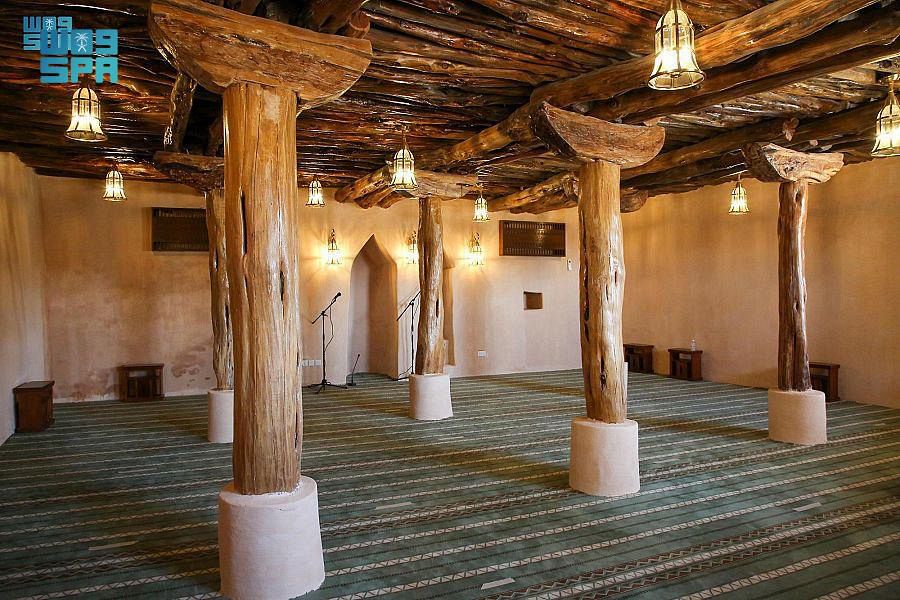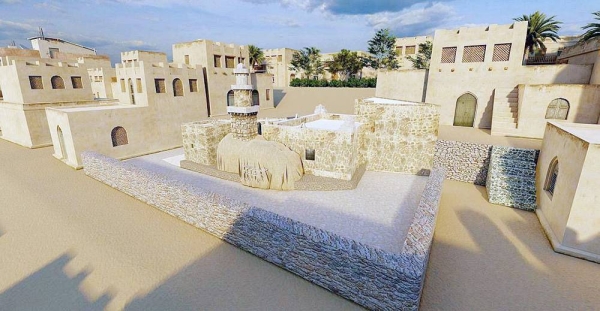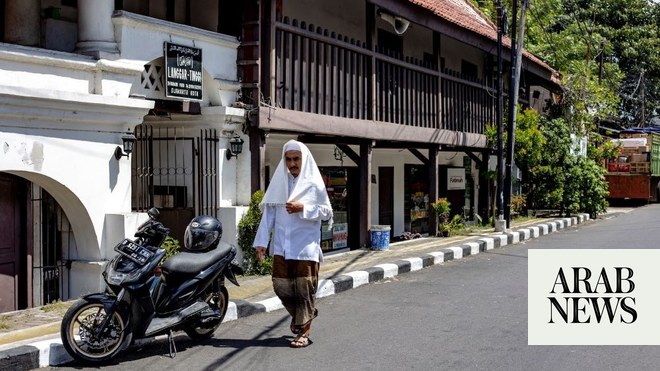
Unlike most historical structures in Jakarta, Langgar Tinggi retains its original form
Its architecture is a mix of Arab, European, Chinese and Javanese influences
JAKARTA: When merchants from the Arabian Peninsula began to settle in Batavia in the late 18th century, most of them would stay in Pekojan, a neighborhood which some members of the community still see as its beating heart.
Batavia was the main city of the Dutch East Indies and corresponds to the present-day capital of Indonesia, Jakarta. Dutch colonial rulers were very particular about implementing racial division and different ethnic groups were also required to live in specific areas.
Pekojan was one of such areas — a witness to segregation, but also to the nature of the Arab community, which was able to transcend it and embrace various multicultural influences of its new home. Living evidence of this is the eclectic style of Langgar Tinggi, one of the oldest mosques in Jakarta and the Arab neighborhood’s landmark building.
Unlike most historical structures in Jakarta, the mosque built nearly 200 years ago has retained its original form.
“Look at this building, from 1828 until now, it is still strong and intact ... This mosque is still original and has not been changed since it was built. We don’t want it to be changed,” Langgar Tinggi caretaker Achmad Alwi Assegaf told Arab News.
The two-story mosque was built by Abubakar Shihab, a Muslim trader from Yemen, on land donated by a prominent merchant family from South Arabia.
In those times, many wealthy traders of Arab descent who lived in Southeast Asia would fund religious or community facilities for Muslims in countries colonized by non-Muslim European powers.
“These were the blessings of the past generations ... They built mosques, prayer rooms, and funded celebrations of Islamic holidays so the people in Pekojan observed them like in Yemen,” said Assegaf, whose own family arrived in Batavia from Yemen seven generations ago.
The old community had also adapted to the different lifestyles of its neighbors — the Chinese, Europeans, and local indigenous groups.
The mosque’s wooden elements, red roofing tiles, and white walls do not immediately resemble the standard image of a mosque. A closer look shows a mix of architectural traditions that contributed to its shape.
Its pillars were inspired by Portuguese architecture, which was trending at the time, Assegaf said. Its doors and windows and support beams incorporate Chinese building tradition, while the style of the structure’s base was common across Java.
“There was fusion. It is visible in Langgar Tinggi that is not just the architecture of Arabs but of all those with whom we had traded and lived together,” Assegaf said.
Over decades, Pekojan has lost many of its original inhabitants. Wealthier ones have moved to other parts of Jakarta and many of the neighborhood’s original buildings have become dilapidated.
Abu Sulthan, a livestock trader remained in Pekojan as his family has been living there since 1910. But he has been observing how the neighborhood’s uniqueness was slowly fading.
“There used to be a lot of Arabs here. There used to be a lot of traders,” he said. “It is still known as (an) Arab neighborhood, but many have already moved out.”
The one who against all odds remains hopeful that the lost glory would return is the Langgar Tinggi caretaker who insists that Pekojan still serves as reference for Arab culture.
“The culture of Yemen has always been upheld in Pekojan,” Assegaf said, citing the neighborhood’s culinary tradition and giving examples of authentic Arab dishes that are served at local eateries.
“Hotel chefs also learn (to cook) here,” he said. “The unique identity is still alive.”




